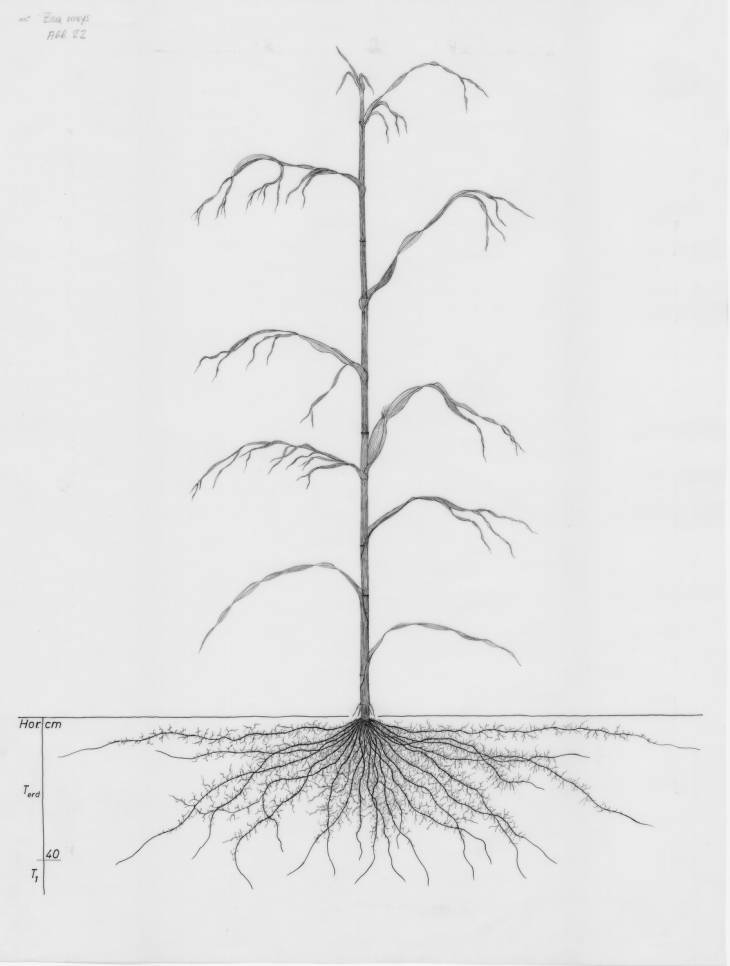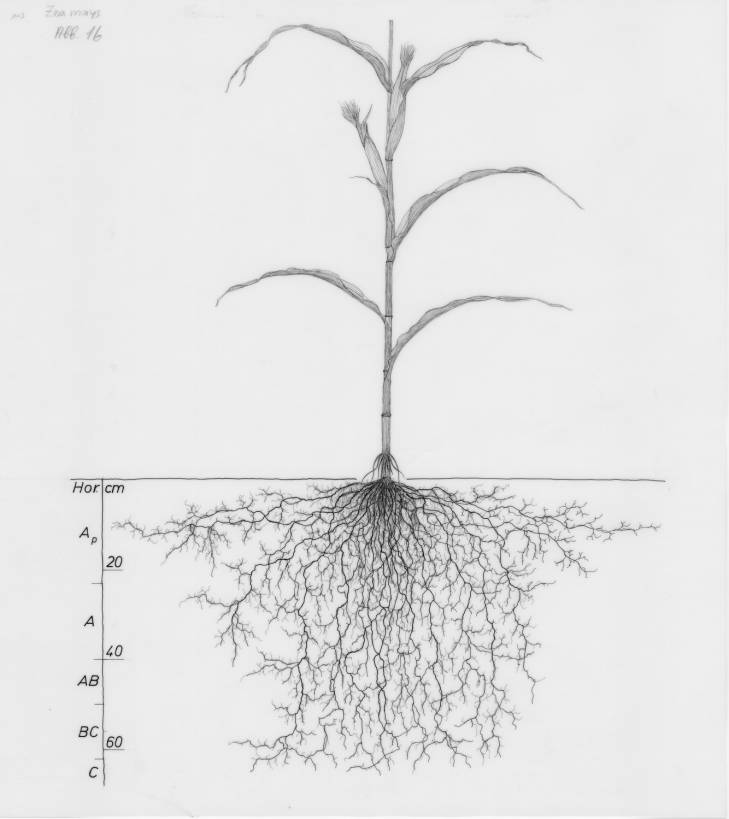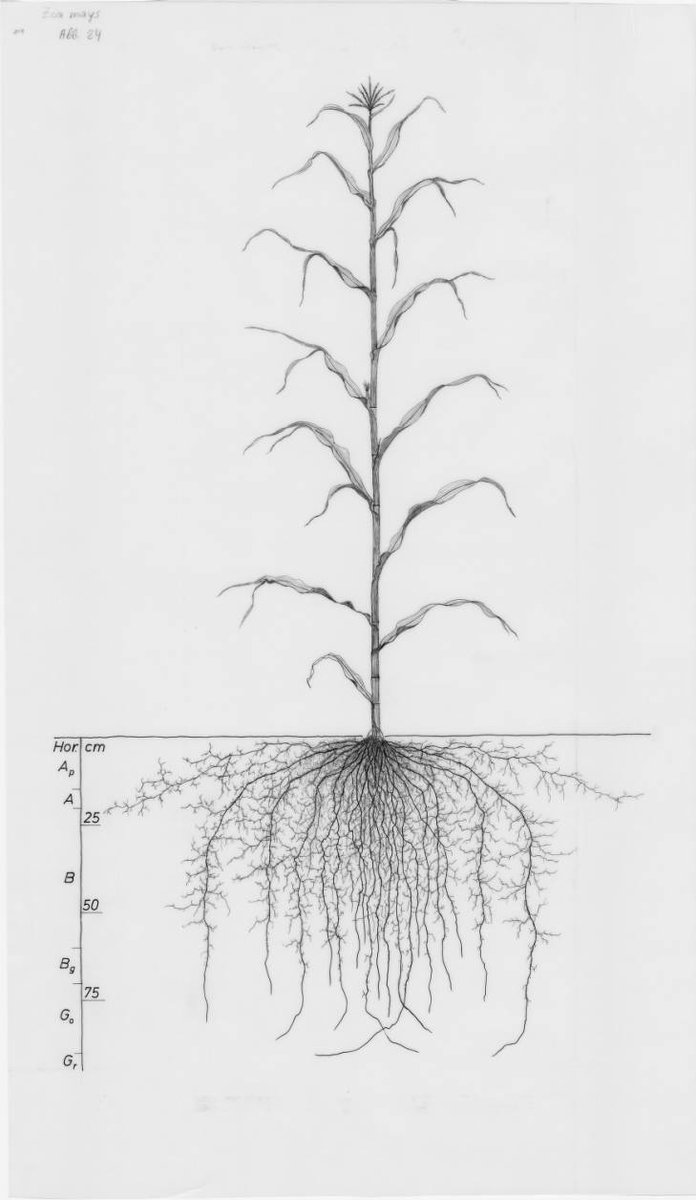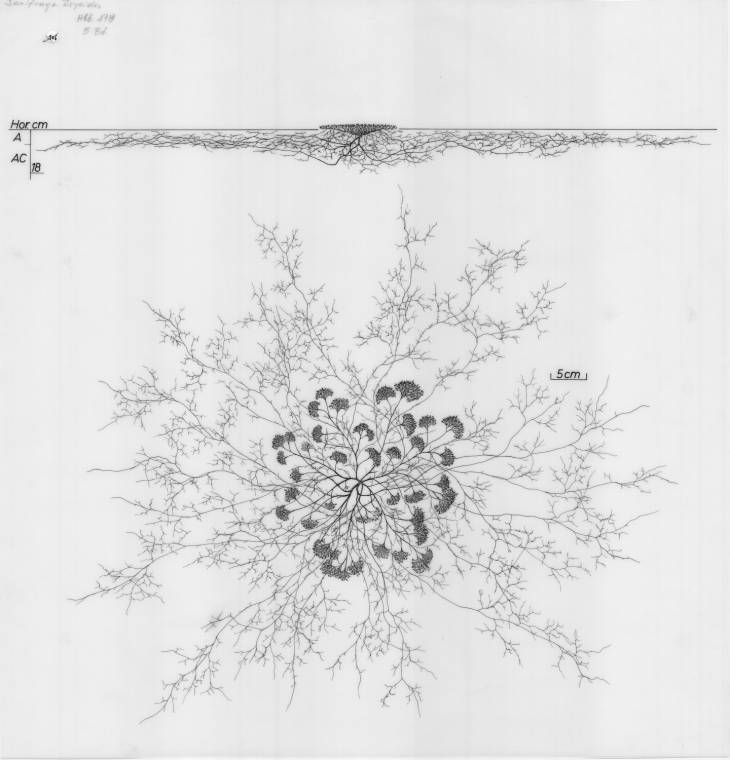Salicornia europaea (Glasswort)
- impressive coverage for small plant
- scraggly, needs combing
- no pizazz
6/10
- impressive coverage for small plant
- scraggly, needs combing
- no pizazz
6/10

This corn making a valiant effort to save the reputation of its species, but it's not enough. Sorry corn. 

Acanthosicyos horridus (Nara, butter-nuts, or butterpips; "an unusual melon")
- what is going on here
- horridus is right
1/10
- what is going on here
- horridus is right
1/10

Androsace alpina (Alpine rock-jasmine)
- now THIS shows initiative
- layabout plants take note
- still rough but clearly going places
9/10
- now THIS shows initiative
- layabout plants take note
- still rough but clearly going places
9/10

Asparagus officinalis (Asparagus)
- sort of a cone shape?
- disappointing
- I expected more from asparagus I guess
3/10
- sort of a cone shape?
- disappointing
- I expected more from asparagus I guess
3/10

Carex elata (tufted sedge)
- good firm grip on the earth
- impressive mirror-image effect
- design as sharp as its leaves, nice job
7/10
- good firm grip on the earth
- impressive mirror-image effect
- design as sharp as its leaves, nice job
7/10
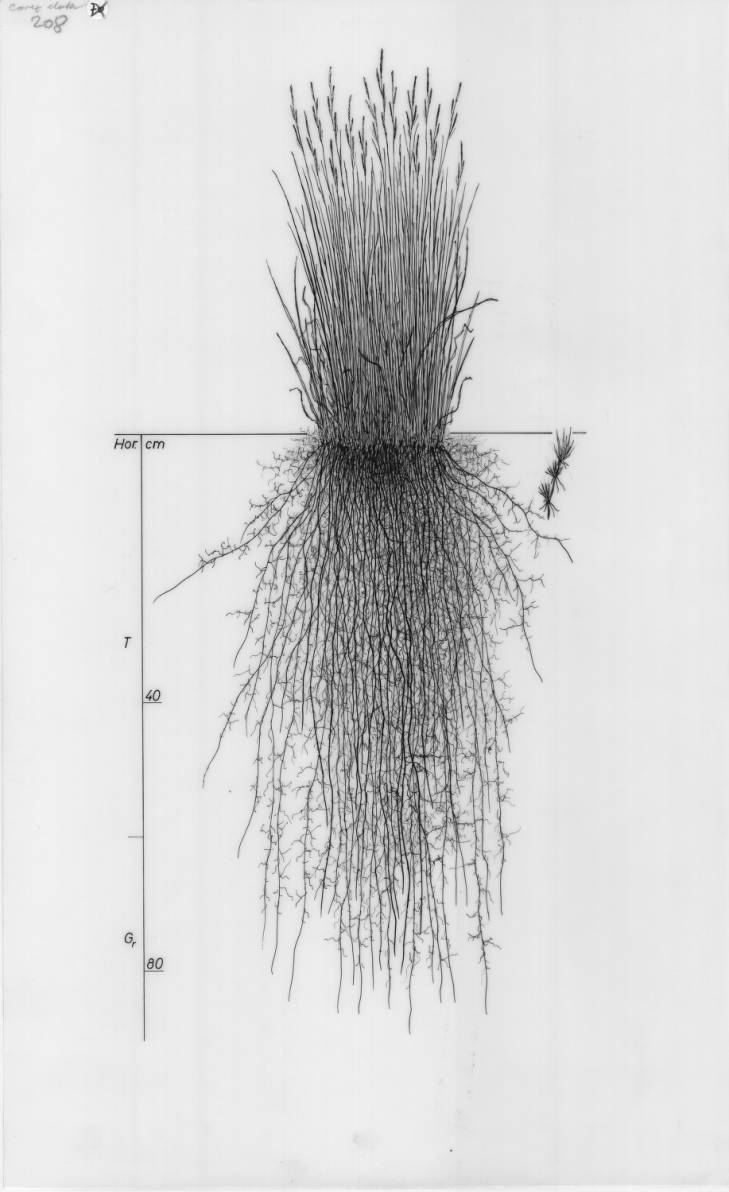
Liguicum mutellina (???)
- what is it doing
- as far as I can tell, this plant doesn't officially exist
- I cannot rate this plant
NO RATING
- what is it doing
- as far as I can tell, this plant doesn't officially exist
- I cannot rate this plant
NO RATING

Arthrophytum iliense (???)
- this root system is a spooky alien coming to get you
- or maybe it is dressed up as the circulatory system for Halloween
- OooooOOOOoooO!!!
8/10
- this root system is a spooky alien coming to get you
- or maybe it is dressed up as the circulatory system for Halloween
- OooooOOOOoooO!!!
8/10

Cynodon dactylon (ermuda grass, Dhoob, dūrvā grass, ethana grass, dubo, dog's tooth grass, Bahama grass, devil's grass, couch grass, Indian doab, arugampul, grama, wiregrass and scutch grass)
- All that is gold does not glitter
- Not all those who wander are lost
9/10
- All that is gold does not glitter
- Not all those who wander are lost
9/10

Drosera rotundifolia (Round-leafed sundew)
- small
- however, very organized
- extra points for being a carnivorous plant
7/10
- small
- however, very organized
- extra points for being a carnivorous plant
7/10
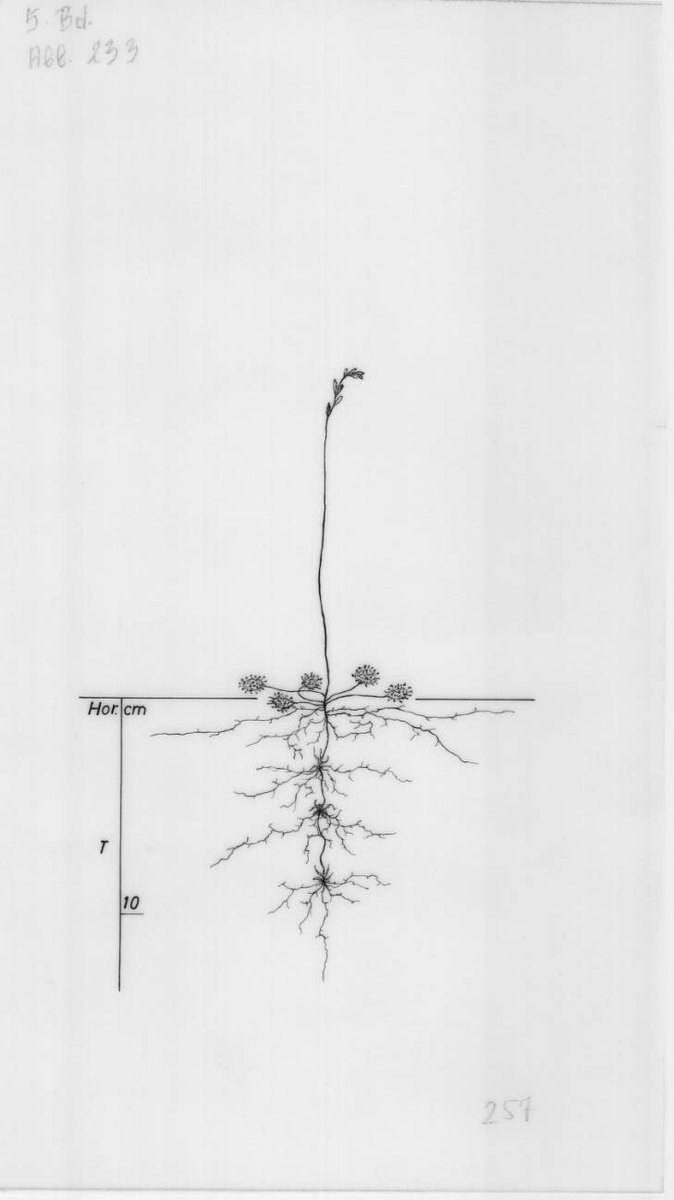
Euphorbia mongolica (Mongolian Spurge???)
- absolute madman
- THICK
- probably a tree in disguise
9/10
- absolute madman
- THICK
- probably a tree in disguise
9/10

Centaurium pulchellum (Lesser centaury)
- no commitment
- "one root is fine"
1/10 get out of my face
- no commitment
- "one root is fine"
1/10 get out of my face

Cirsium spinosissimum (Spiniest thistle)
- wow
- knows what it wants
- cirsium spinosissimum drinks YOUR milkshake!
- a true industrialist
9/10
- wow
- knows what it wants
- cirsium spinosissimum drinks YOUR milkshake!
- a true industrialist
9/10

Scorzonera parviflora (光鸦葱 guang ya cong.)
- weird double plant
- roots look like LIGHTNING
- ZAP ZAP
8/10
- weird double plant
- roots look like LIGHTNING
- ZAP ZAP
8/10

Juncus gerardii (blackgrass, black needle rush or saltmarsh rush)
- expansive
- lord of all it surveys
9/10
- expansive
- lord of all it surveys
9/10

Lathyrus tuberosus (tuberous pea)
- is a clam
- a clam masquerading as a plant
- pretty good roots though tbh
7.5/10
- is a clam
- a clam masquerading as a plant
- pretty good roots though tbh
7.5/10

Lychnis viscaria (Sticky catchfly or "clammy campion")
- small plant
- POWERFUL roots
- just look at that grip on the earth
8/10
- small plant
- POWERFUL roots
- just look at that grip on the earth
8/10

Stratioites aloides (water pineapple)
- barely roots at all
- lives in wet ditches
- "In the autumn they become covered with a slimy secretion and the whole plant sinks to the bottom"
1/10
- barely roots at all
- lives in wet ditches
- "In the autumn they become covered with a slimy secretion and the whole plant sinks to the bottom"
1/10

Eryngium campestre (Field eryngo or Watling Street thistle)
- single, incredibly powerful root
- erupts into tendrils almost THREE METERS down
13/10
- single, incredibly powerful root
- erupts into tendrils almost THREE METERS down
13/10

• • •
Missing some Tweet in this thread? You can try to
force a refresh



